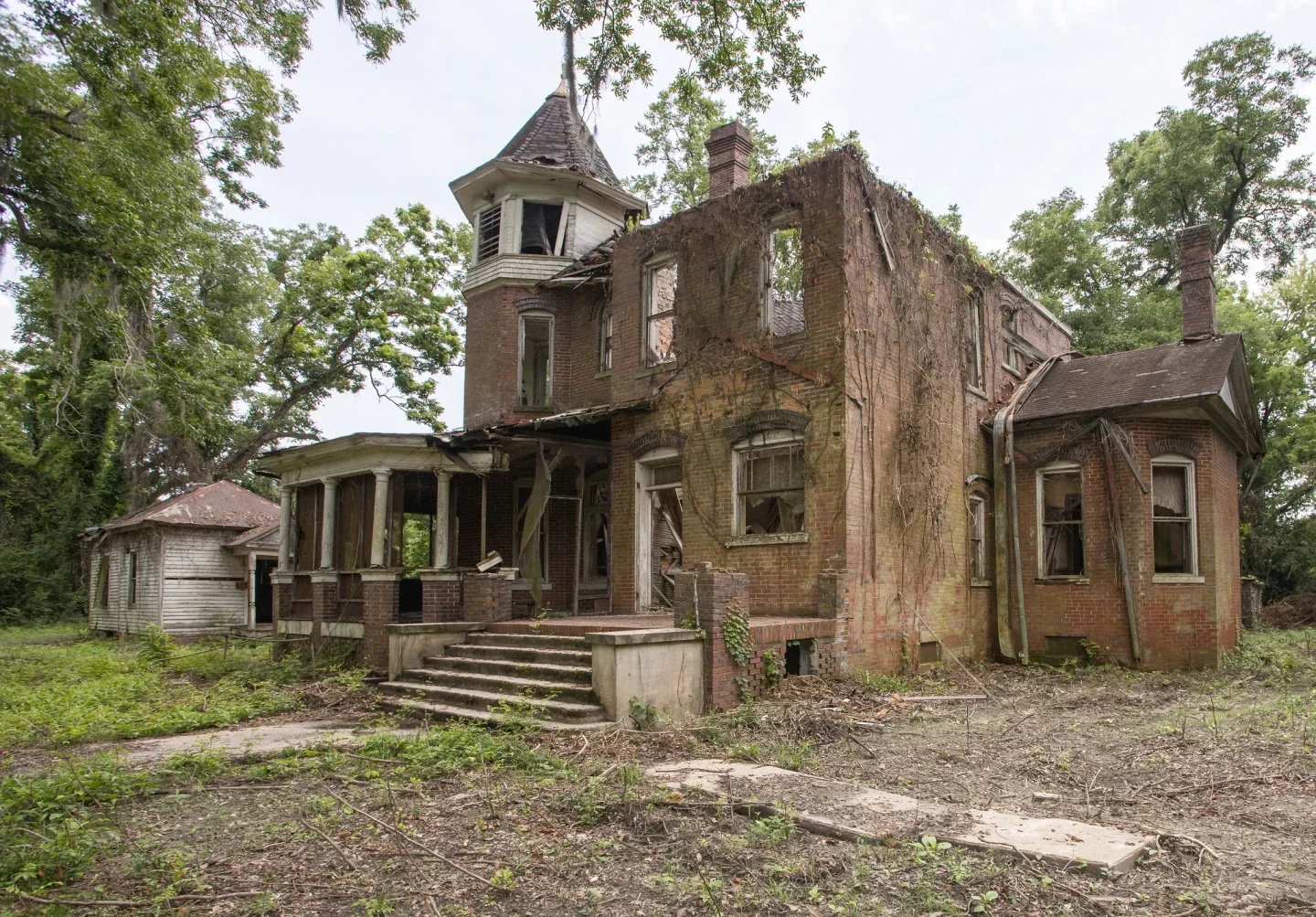How to Sell a Run Down House in Tennessee
If you’re looking to sell a house that isn’t in the best shape, the good news is, you still have options. Even if your property needs major repairs or cosmetic updates, there are ways to successfully sell it without losing hope.
Many homeowners assume only updated, move-in-ready homes sell quickly, but that’s not true. While run-down houses may not attract the same attention as a fully renovated property, they can still be sold—sometimes faster than you think.
In this guide, we’ll cover everything you need to know about selling a home in poor condition, from understanding what “bad condition” means to exploring the best selling strategies.
1. What Does “Bad Condition” Really Mean?
The phrase bad condition can mean very different things depending on the home. Let’s break it down:
Completely Uninhabitable
A house may be unsafe to live in due to:
Black mold or water damage
Severe roof damage
Outdated or dangerous wiring
Broken plumbing or water systems
Termite damage
Asbestos or lead hazards
Non-functioning HVAC system
Structural or foundation problems
These homes usually require significant repairs before being livable.
Habitable But Needs Major Repairs
Some homes are livable but have glaring issues, such as:
Roof leaks
Faulty plumbing or wiring
Foundation cracks
Wood rot
Outdated or damaged kitchens and bathrooms
Failing HVAC systems
Damaged floors or ceilings
While not uninhabitable, these homes often scare off traditional buyers.
Structurally Sound But Outdated
On the lighter end of the spectrum, some homes just need cosmetic updates, such as:
Old kitchen and bathroom designs
Peeling paint
Stained carpets or worn flooring
Overgrown landscaping
Outdated fixtures and cabinets
These issues don’t compromise the structure but may still lower the home’s perceived value.
2. Your Options for Selling a House in Bad Condition
When selling a fixer-upper, you’ll need to decide how much effort (and money) you want to put in before listing. Here are your main options:
Sell the House As-Is
If you don’t want to make repairs, you can sell the home as-is to a cash buyer or real estate investor. Benefits include:
Fast closing (sometimes in as little as 7 days)
Cash offers (no bank approvals needed)
No repairs or upgrades required
No agent commissions or closing costs
This is a great option if you need to sell quickly, don’t have the budget for repairs, or want to avoid the stress of a traditional sale.
Warning: Some cash buyer companies may offer extremely low amounts. Always research, check reviews, and avoid anyone who pressures you to sign quickly.
Make Minor Cosmetic Repairs
If your home only needs smaller fixes, simple updates can go a long way. Low-cost improvements include:
Fresh paint
Replacing light fixtures or faucets
Cleaning and decluttering
Sprucing up landscaping
Refinishing cabinets
These changes won’t break the bank but can help attract more buyers.
Invest in Major Repairs or Renovations
If you want to maximize your home’s selling price, consider:
Kitchen or bathroom remodels
Roof replacement
New flooring
HVAC upgrades
While these projects can add value, they also take time and money. Be sure to calculate whether the return on investment is worth it before diving in.
3. Should You Fix It Up Before Selling?
Whether to invest in repairs depends on three main factors:
Market conditions: In a seller’s market, you may sell quickly even without repairs. In a slower market, upgrades can help.
Competition: Look at nearby listings. If most homes in your area are fully updated, yours may struggle to compete.
ROI (Return on Investment): Only make repairs if they’ll bring back more money than they cost. For example, spending $5,000 on updates that raise your selling price by $20,000 is worth it.
4. Tips for Selling a House in Poor Condition
No matter what strategy you choose, keep these tips in mind:
Highlight the positives: Emphasize location, lot size, or unique features.
Be honest about issues: Buyers will find them in inspection anyway.
Tackle easy fixes: Small updates like cleaning, painting, or yard work can boost value.
Price it right: Overpricing a fixer-upper will scare off buyers.
Be patient: It may take longer to find the right buyer, especially if you’re not selling as-is to investors.
Conclusion
Selling a run-down house may feel overwhelming, but you have multiple paths forward. Whether you sell as-is to a cash buyer, make minor updates, or invest in renovations, the key is choosing the option that works best for your timeline, finances, and goals.
If you’re ready to sell your house in poor condition, remember every property has value. With the right approach, you can turn a challenging situation into a successful sale.

